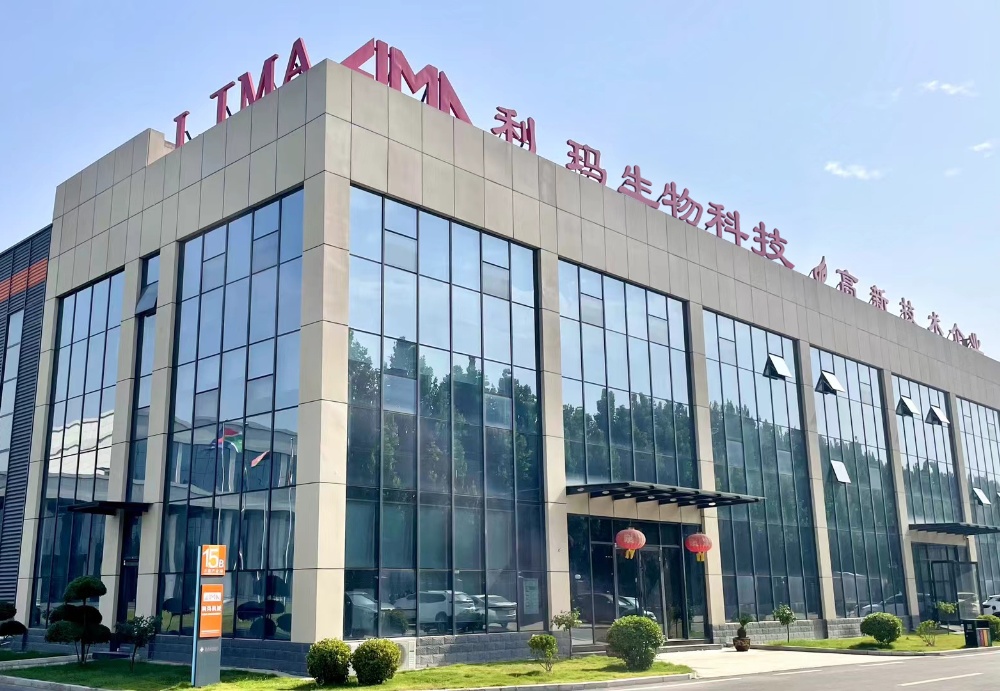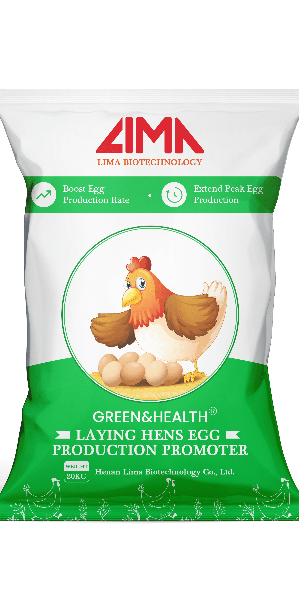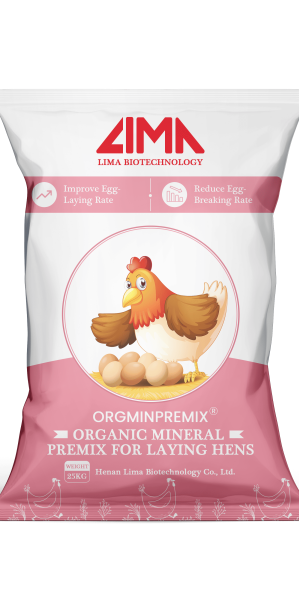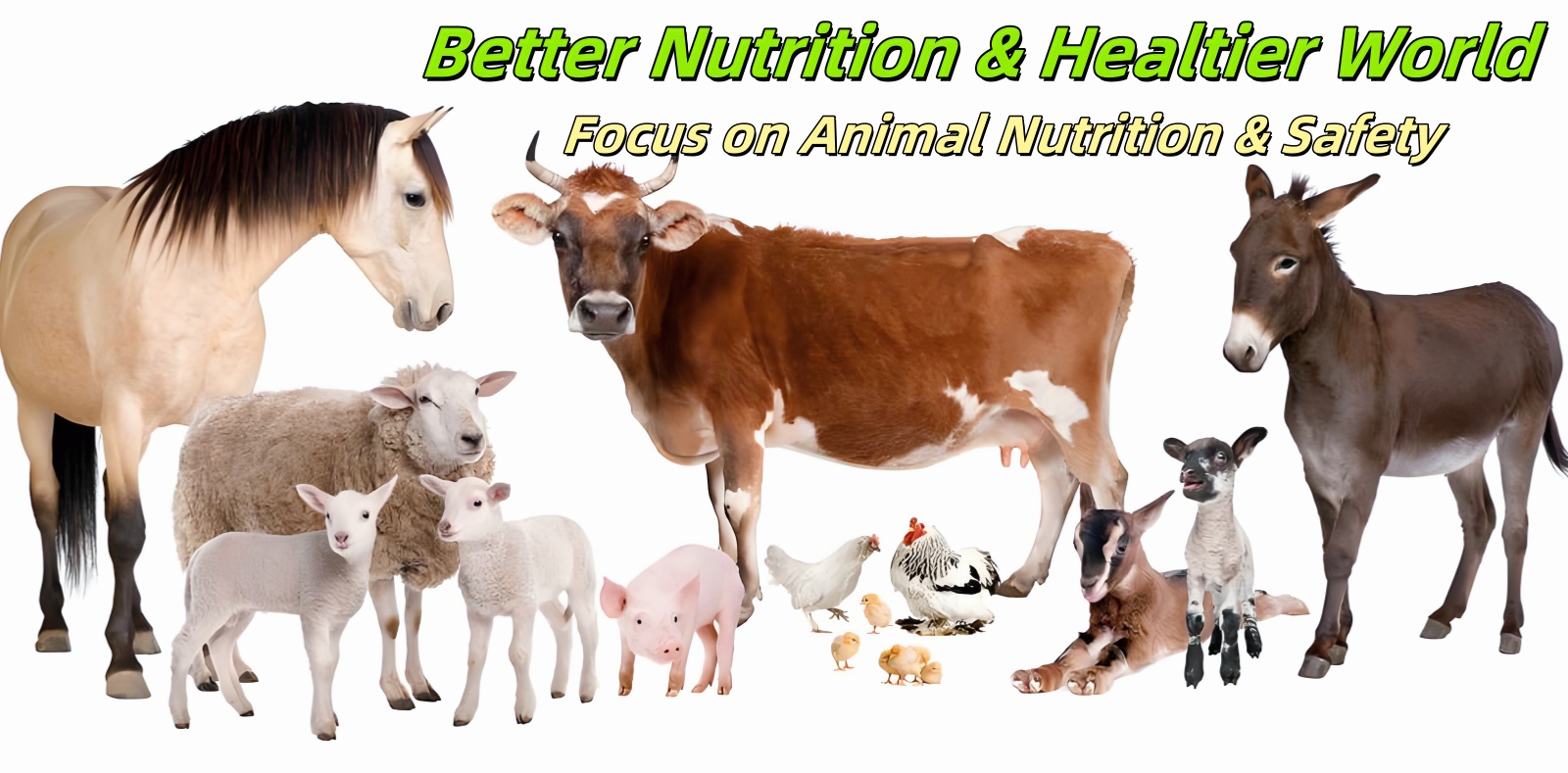一.Genetic Factors
Genetic factors are the innate factors that determine the efficiency of egg production. Excellent chicks are the first step to ensure the egg production rate of laying hens. The peak egg production period and its duration, as well as the egg production volume of different breeds of laying hens are different. Compared with ordinary laying hens, the egg production of excellent breeds of laying hens can increase by 20% to 30%. Generally speaking, the egg production rate of white feather breeds is higher than that of red feather breeds. For example, Roman Pink and Hy-Line Grey are all egg-laying chicken breeds with high egg production performance.
二.Feeding and Management Factors
Personnel activities, drinking water management, light management, ventilation management, etc. during the feeding process of laying hens will affect the egg production rate of laying hens.
- Light management: Laying hens are very sensitive to environmental stimuli, especially light. Sudden cessation of light in the chicken house, shortening of light time and reduction of light intensity can reduce egg production. After 18 weeks of age, reducing light time and intensity will reduce the egg production rate of laying hens by more than 10%.
- Temperature management: The optimum temperature for laying hens is 13 to 23°C. When the house temperature is controlled at 20 to 21°C, the feed remuneration and production efficiency are higher. Too high or too low temperature will affect the egg production rate of laying hens.
- Ventilation management: Poor ventilation will cause turbid air in the chicken house, strong ammonia smell, and respiratory disease symptoms, which will cause the egg production rate of the flock to decrease.

三、Stress Factors
Stress is an important factor affecting the egg production rate of laying hens. During the breeding of laying hens, vaccination, temperature changes, and disturbances will lead to a decrease in the egg production rate of the flock. In particular, the impact of high temperature heat stress in summer is very serious. Laying hens are born without sweat glands, their skin is covered with feathers, and their heat dissipation ability is poor. When the ambient temperature rises, they are prone to heat stress, resulting in reduced feed intake and reduced egg production. Studies have shown that for laying hens in the range of 25 to 30°C, for every 1°C increase in temperature, the feed intake decreases by 1.6%; for every 1°C increase in temperature in the range of 32 to 38°C, the feed intake decreases by 4.6%.
Solution: Anti-Heatstress produced by China Lima Biotechnology Co., Ltd. uses Chinese herbal medicine as raw materials and has made a scientific and reasonable formula to quickly solve the problem of heat stress in laying hens.
四、. Nutritional Factors
The nutritional level of feed directly affects the egg-laying performance of laying hens.
- Energy: Insufficient energy level in feed can easily lead to smaller eggs, while too high energy level will be converted into fat deposited in various parts of the body, resulting in a decrease in egg production.
- Protein: Lack of protein in the diet will hinder the development of the ovaries and lead to a decrease in egg production.
- Trace elements: Insufficient trace elements will also affect the egg production rate of laying hens. For example, calcium deficiency in laying hens will cause rickets, growth stagnation, decreased egg production, and thin-shelled or soft-shelled eggs. Vitamin D deficiency will affect the absorption of calcium and phosphorus, and will also cause laying hens to lay soft-shelled eggs, and egg production and hatching rates will decrease.
- Harmful substances: The presence of harmful substances such as mycotoxins will also affect the egg production rate of laying hens.
Solution: Layer Feed Premix produced by China Lima Biotechnology Co., Ltd. contains various nutrients, such as rich vitamins and trace elements, amino acids, etc. The product is based on the principles of science and convenience, so that farmers can use it more assured and safe.
In addition, mycotoxins are the main reason for the high incidence of laying hens, especially the mold of the main raw materials in the feed, such as corn, wheat, soybean meal, etc., which will cause secondary mold during storage, which will lead to the accumulation of a large amount of mycotoxins in the feed. These toxins need to be solved, and they must be in a specific environment. For example, when the feed reaches the animal's body, we use products - montmorillonite, B1 decomposing enzyme, yeast cell wall, or glucose oxidase to remove mycotoxins from the body, so that the health of the animal has a basic guarantee, and Mycotoxins Remover of Henan Lima Biotechnology in China is your ideal choice. You only need to mix it with the feed and let the laying hens use it for a long time. In this way, you will find that your laying hens will not die inexplicably

五、Disease Factors
Disease is an important factor affecting the egg production of laying hens. It not only affects the egg production rate and egg production quality, but also causes large-scale casualties.
- Viral diseases: mainly Newcastle disease, avian influenza, egg drop syndrome, infectious bronchitis, infectious laryngotracheitis, fowl pox, infectious encephalomyelitis, etc.
- Bacterial diseases: mainly Escherichia coli disease, salmonellosis, mycoplasma infection, infectious rhinitis, etc.
- Parasitic diseases: mainly coccidiosis, etc.
- Reproductive system diseases: oviduct diseases of chickens, such as inflammation of the oviduct, can also seriously affect the egg production of laying hens.
Solution: Coccidia is a common problem for laying hens. Lima Biotech Anticoccidials produced by Lima Biotech Co., Ltd. contains high-quality diclazuril. This product can prevent and treat coccidia.
In addition, in order to improve the quality and quantity of laying hens' eggs, Lima Biotechnology Co., Ltd. has also specially produced Layer Egg Booster. This product mainly promotes the absorption of feed nutrients by the intestines and stomach. At the same time, it can also protect the oviducts of laying hens for a long time, prevent oviduct inflammation, and affect the production performance of laying hens. The egg-laying period of laying hens can last for about 700 days after long-term use.

六、Age Factors
As the age of laying hens increases, their physiological functions will gradually decline, especially the speed of egg formation in the ovaries will gradually slow down, resulting in a natural decline in egg production. This is an irreversible physiological process.
七、Environmental Hygiene Factors
Biosafety measures are very important in the breeding process of laying hens. Farms need to strictly implement sanitation and disinfection measures, mosquito repellent work, and improve biosafety levels, which is also an important method to prevent diseases and increase egg production.
In summary, to improve the egg production rate of layers, it is necessary to start from multiple aspects, including selecting excellent varieties, strengthening feeding management, reducing stress factors, rationally formulating feed, doing a good job in disease prevention and control, and improving the breeding environment.
If you have any problems that you cannot solve now, please feel free to contact us. Our strong technical team is always at your service.
- About Lima Biotech
- Careers-Lima Biotech
- Code of Conduct-Lima Biotech
- Conditions of Sale-Lima Biotech
- Contact-Lima Biotech
- Cookies Policy-Lima Biotech
- Find Agent-Lima Biotech
- Investor Relations-Lima Biotech
- Legal Information-Lima Biotech
- Privacy Policy-Lima Biotech
- Success-Lima Biotech
- Sustainability-Lima Biotech
- World Class Manufacturing-Lima Biotech


















